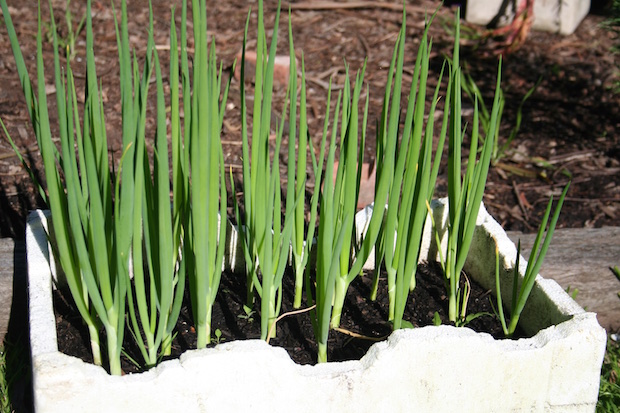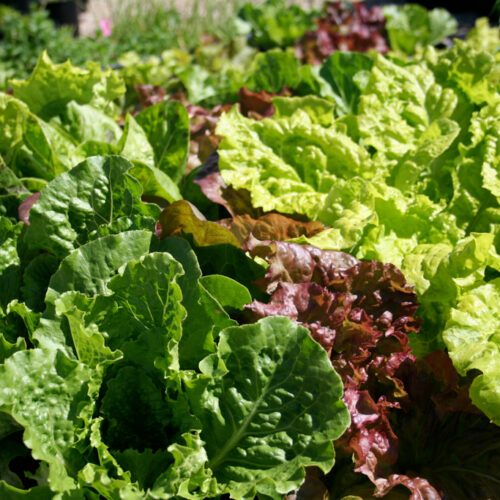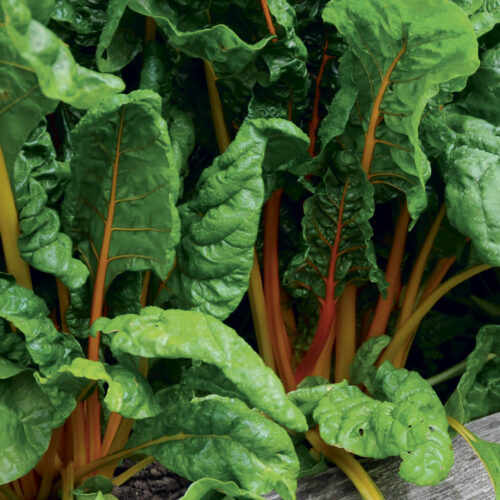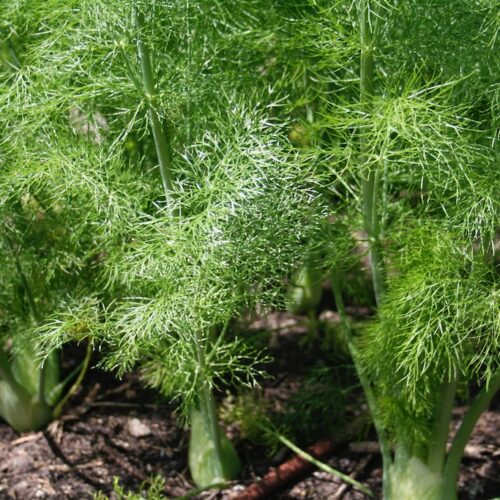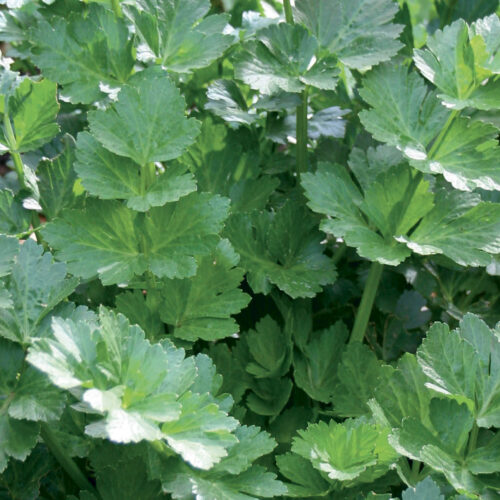Spring to it
2018-04-12T01:58:54+10:00
Virtually pest free and great companion plants, spring onions are a tasty addition to your patch says Penny Woodward.
Versatile spring onions are one of the easiest-to-grow vegies in the garden. Grown all year round in most climates, they do particularly well in all but the coldest climates, when planted in autumn. Sow seed into shallow drills and cover with a thin layer of soil. Water gently and keep moist until they sprout. As the plants grow, thin out the clumps and use the thinnings in salads and sandwiches.
If you’re in more of a hurry then buy a punnet of seedlings and plant them 8cm apart in composty well-drained soil. Onions do not like soggy soil. Whether growing from seed or seedling, you can put them in a pot, polystyrene box or garden bed and they’ll happily grow and bunch over many months, while benefiting from a monthly feed of an organic liquid fertiliser.
These onions are also known as bunching onions, and in some states they’re called shallots. They shouldn’t be confused with true shallots that are a bulbing onion in the Aggregatum Group of Allium cepa.
Spring onions are usually botanically common onions (A. cepa) crossed with Japanese bunching onions (A. fistulosum) so that they have straight shanks.
Spring onions are pretty much pest free, although onion aphid can be an issue if like me you’ve got lots of alliums in the garden. These aphids attack all alliums and can be hard to control as they get in between the overlapping leaf bases. I’ve found that spraying a soap solution (just get a bar of plant oil-based unscented soap and rub with your hands in a bucket of water) over the leaves so it runs down into the overlap works well, then a week later do the same with a pest oil. Act as soon as you see them and repeat as long as you have them in the garden. But the first two applications generally fix the problem.
Spring onions make a great companion plant for carrots, plant them between rows to repel carrot fly or near tomatoes to help repel whitefly, or generally mix them up among your vegies (although not too close to beans or peas). They also benefit roses if planted nearby and friends who have rabbit problems swear by planting a ring of spring onions around the base of fruit trees to stop rabbits chewing on the bark.
Some good cultivars to try are ‘Evergreen’, ‘Bunching’ and fast-growing ‘Nebuka’, and the red-skinned types such as ‘Blood Red’, ‘Red Legs’ and ‘Red Bunching’.
Other leafy edible alliaceous plants
Ever-ready onion (A. cepa Aggregatum Group)
This interesting old-fashioned plant can be hard to find but is worth hunting out as it grows as a clump of tender onion-flavoured leaves with white bases. You can pick the leaves or pull the slender bulbs from the base. Clumps die back in summer and reshoot in autumn.
Onion chives (A. schoenoprasum)
Sow seed most of the year or transplant clumps in spring. Harvest leaves by cutting. In cold regions clumps die back in winter and reshoot in spring. With a sweet and subtle flavour, add a large handful next time you make potato salad. The flowers are edible too.
Garlic chives (A. tuberosum)
These strong, tough plants can be weedy in some climates, but are a great standby for garlic-flavoured leaves. Grow from seed or by dividing clumps in spring or autumn. Both flowers and leaves are edible.
Garlic sprouts (A. sativum)
Garlic sprouts are garlic harvested when plants are only about 20cm high. Strong and sweet, they’re great for stir-fries. Use cloves that have started to sprout, plant close together in a pot or in the ground and harvest when needed.
Welsh onions (A. fistulosum)
Welsh onions grow as clumps of big hollow onion leaves that can be harvested all year. Easily grown from seed. Flowers are great beneficial bug attracters.
Finding onions
- rangeviewseeds.com.au
- greenharvest.com.au
- seedfreaks.com.au
- southernharvest.com.au

